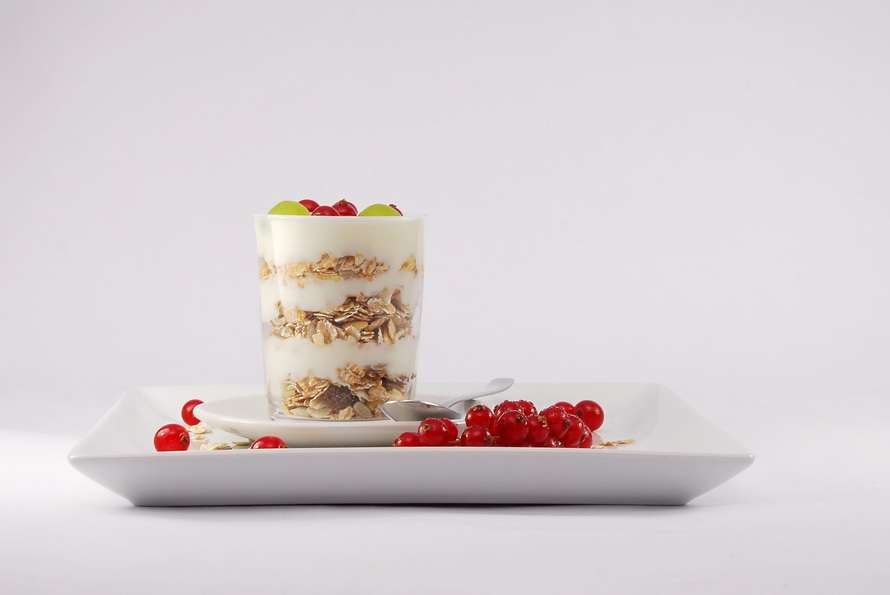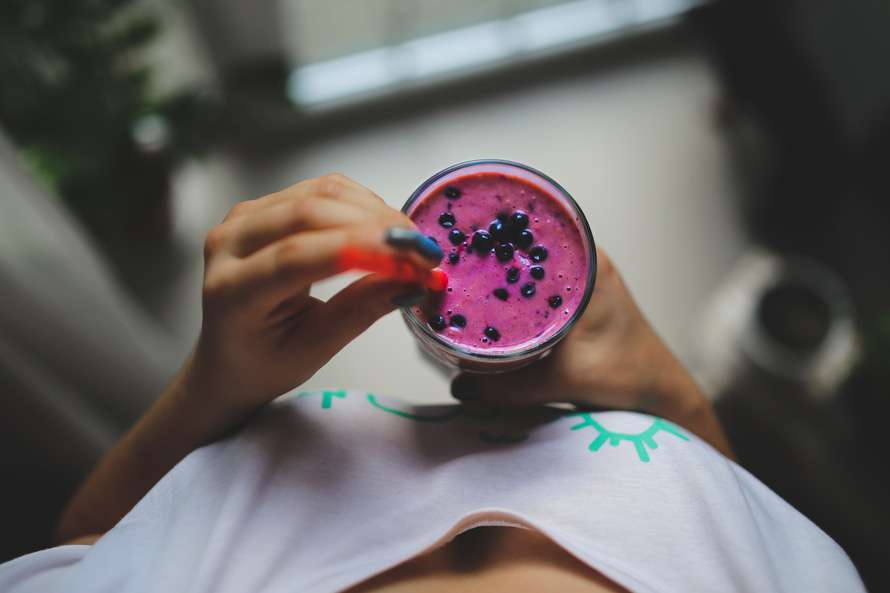
As the market continues to boom, yogurt quality control is becoming a top priority to help brands meet the expectations of today’s discerning consumers. Image Source: Unsplash user Sambazon
It may be hard to imagine now, but there was a time in the not-so-distant past when yogurt was not considered a trendy food, and variety meant carrying strawberry and blueberry. Then came Greek yogurt. Yes, you have technically been able to buy Greek yogurt for years, but in 2007 it represented only 1% of the US yogurt market. Now, that number is over 50% and growing.1 According to Technavio, which predicts the value of the U.S. Greek yogurt market to reach $4 billion by 2019, “The introduction of new flavors, novel packaging, and new technologies will prove to be instrumental in increasing the demand for Greek yogurt in the years to come.”
But while Greek yogurt may have made yogurt cool, it also opened the door for expansion of the yogurt market in general. “It’s clear that this is no longer a ‘business as usual’ category, ” Chris Solly, CEO of Ehrmann USA said in 2013. “Brands are looking for new ways to continue driving consumption, private label supply is tight but growing, and retailers are in a position of having more options than available space. It is clear that brands need to bring true innovation to the category to maintain consumer interest.”2 Today, yogurt manufacturers have answered that call by introducing an incredible variety of new products, including “exotic, indulgent and savory flavors, limited-edition products, mix-ins, superfoods, grass-fed and whole milk, stand-up pouches, edible packaging, and others.”
The explosion of yogurt has driven standards for product appearance, particularly color, to all-time highs; consumers are more discerning than ever and have virtually endless alternative choices if a specific brand doesn’t live up to their expectations. As the stakes rise, yogurt quality control is taking on newfound importance in the production process and an increasing number of manufacturers are turning to spectrophotometric color analysis to ensure products meet the high standards of today’s buyers.

Consumer concerns about artificial dyes are leading yogurt manufacturers to look toward more natural methods of imbuing products with desirable hues. Image Source: Pexels user pixabay.com



